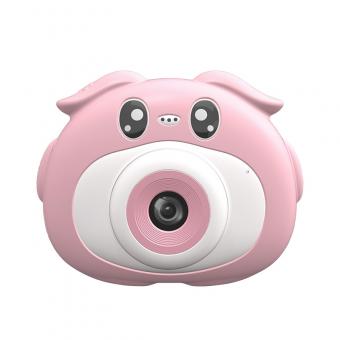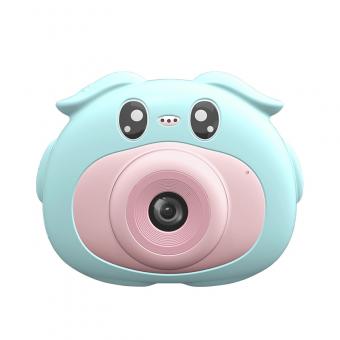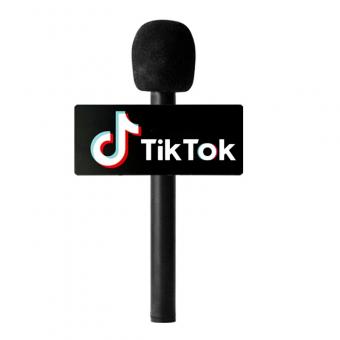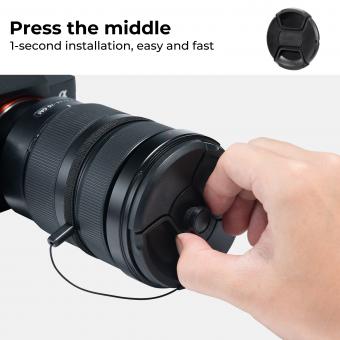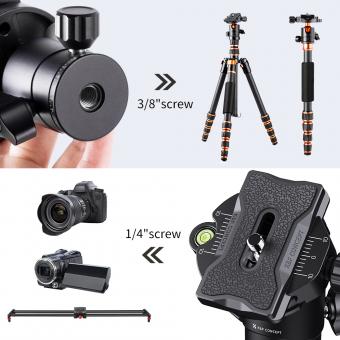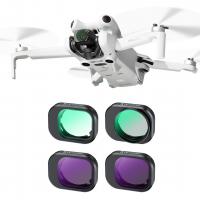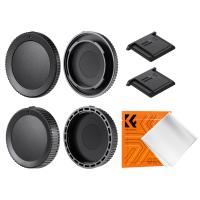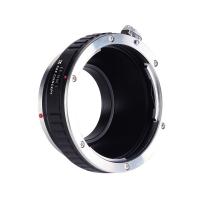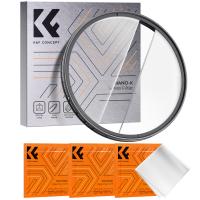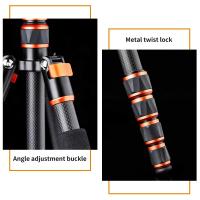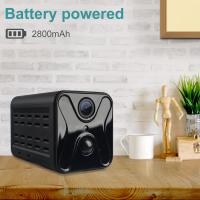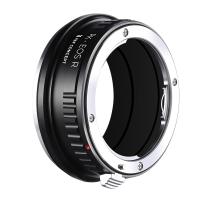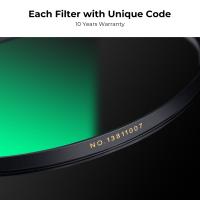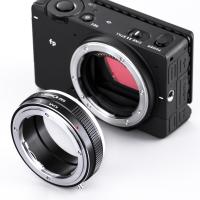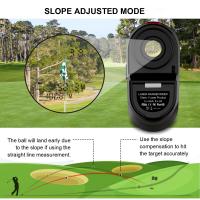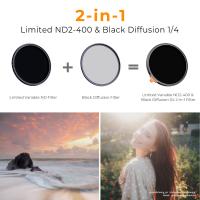How To Find Good Binoculars ?
To find good binoculars, consider factors such as the intended use, magnification power, lens quality, and budget. Research reputable brands known for producing high-quality binoculars and read customer reviews to gauge their performance. Determine the purpose of the binoculars, whether it's for birdwatching, stargazing, or other activities, and choose the appropriate magnification power accordingly. Look for binoculars with high-quality lenses that provide clear and sharp images. Consider your budget and compare prices to find a balance between quality and affordability. Additionally, it may be helpful to visit a store specializing in optics to try out different models and get expert advice.
1、 Optical Power and Magnification
When it comes to finding good binoculars, one of the most important factors to consider is the optical power and magnification. This refers to the ability of the binoculars to bring distant objects closer and provide a clear and detailed view.
To find binoculars with the right optical power and magnification, it is crucial to understand your specific needs and usage. If you are an avid birdwatcher or nature enthusiast, you may require higher magnification to observe small details from a distance. On the other hand, if you plan to use binoculars for general purposes like hiking or sporting events, a lower magnification may be sufficient.
The optical power of binoculars is determined by the magnification factor, which is usually indicated by a number followed by an "x" (e.g., 8x or 10x). This number represents how many times closer the object will appear compared to the naked eye. However, it is important to note that higher magnification does not always mean better quality. Extremely high magnification can lead to a narrower field of view and shakier images, especially without the aid of a tripod.
In recent years, there has been a shift towards binoculars with lower magnification but improved optical quality. This is because lower magnification provides a wider field of view, making it easier to track moving objects and reducing the need for constant readjustment. Additionally, lower magnification binoculars tend to be more compact and lightweight, making them more portable and comfortable to use for extended periods.
In conclusion, finding good binoculars involves considering the optical power and magnification that best suits your specific needs. While higher magnification may seem appealing, it is important to strike a balance between magnification and other factors such as field of view and stability. The latest trend leans towards lower magnification binoculars with improved optical quality, providing a wider field of view and enhanced user experience.
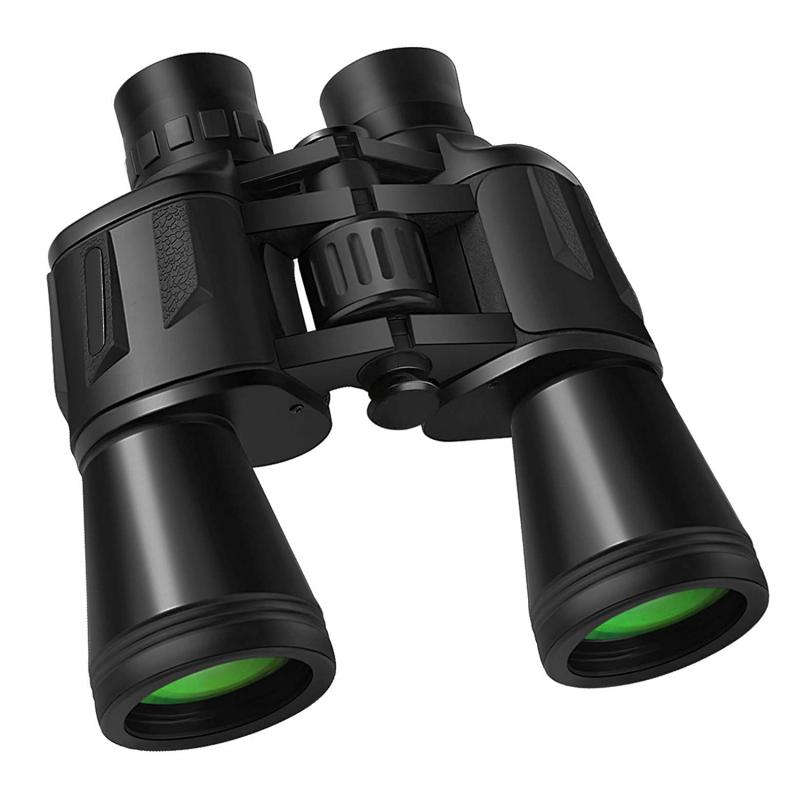
2、 Lens Diameter and Light Gathering Capacity
When it comes to finding good binoculars, there are several factors to consider. One important aspect is the lens diameter, which refers to the size of the objective lens. The objective lens is the one farthest from your eyes and is responsible for gathering light. A larger lens diameter allows more light to enter the binoculars, resulting in brighter and clearer images.
The light gathering capacity of binoculars is crucial, especially in low-light conditions. Binoculars with a larger lens diameter have a higher light gathering capacity, making them ideal for activities such as stargazing or birdwatching at dusk or dawn. However, it's important to note that larger lens diameters also mean heavier and bulkier binoculars, which may not be suitable for all users.
In recent years, there have been advancements in lens technology that have improved the light gathering capacity of binoculars. Manufacturers have developed coatings and treatments that enhance light transmission, resulting in brighter images even with smaller lens diameters. These advancements have made it possible to find compact and lightweight binoculars with excellent light gathering capabilities.
When searching for good binoculars, it's essential to strike a balance between lens diameter and portability. Consider your specific needs and preferences, as well as the intended use of the binoculars. If you plan to use them primarily in low-light conditions, opt for a larger lens diameter. However, if portability is a priority, look for binoculars with advanced lens coatings that can compensate for a smaller lens diameter.
Ultimately, finding good binoculars involves considering the lens diameter and light gathering capacity, while also taking into account the latest advancements in lens technology and your specific requirements.
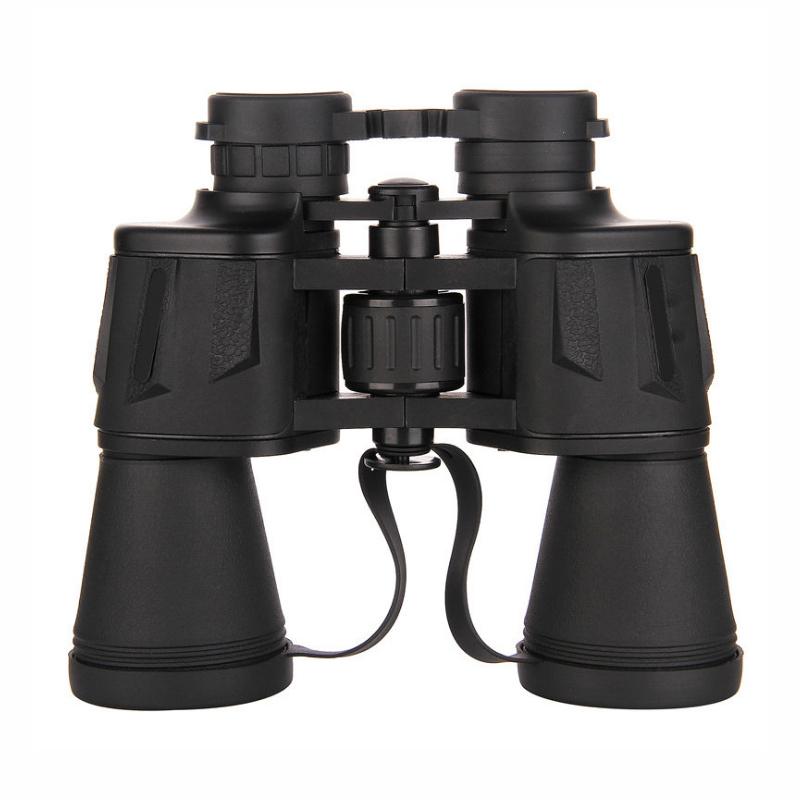
3、 Field of View and Image Stability
When it comes to finding good binoculars, there are a few key factors to consider. Two important aspects to focus on are the field of view and image stability.
Field of view refers to the width of the area that can be seen through the binoculars. A wider field of view allows you to see more of the surrounding environment, making it easier to track moving objects or observe a larger area at once. This is particularly important for activities such as birdwatching, wildlife observation, or sports events. Look for binoculars with a wide field of view, typically measured in degrees, to ensure a more immersive viewing experience.
Image stability is another crucial factor to consider. It refers to how steady the image appears when using the binoculars. A stable image is essential for clear and comfortable viewing, especially when observing distant objects or during prolonged use. Look for binoculars with features such as image stabilization technology or a built-in tripod mount to enhance stability and reduce hand shake.
In terms of the latest point of view, advancements in technology have led to the development of binoculars with improved field of view and image stability. Manufacturers are constantly striving to enhance these features by incorporating innovative optical designs and stabilization mechanisms. Additionally, some binoculars now come with digital image stabilization, which further improves image stability by compensating for hand movements.
To find good binoculars, it is recommended to read reviews, compare specifications, and try them out in person if possible. Consider your specific needs and preferences, such as the activities you plan to use them for and your budget. By focusing on the field of view and image stability, you can ensure a more enjoyable and immersive viewing experience with your binoculars.
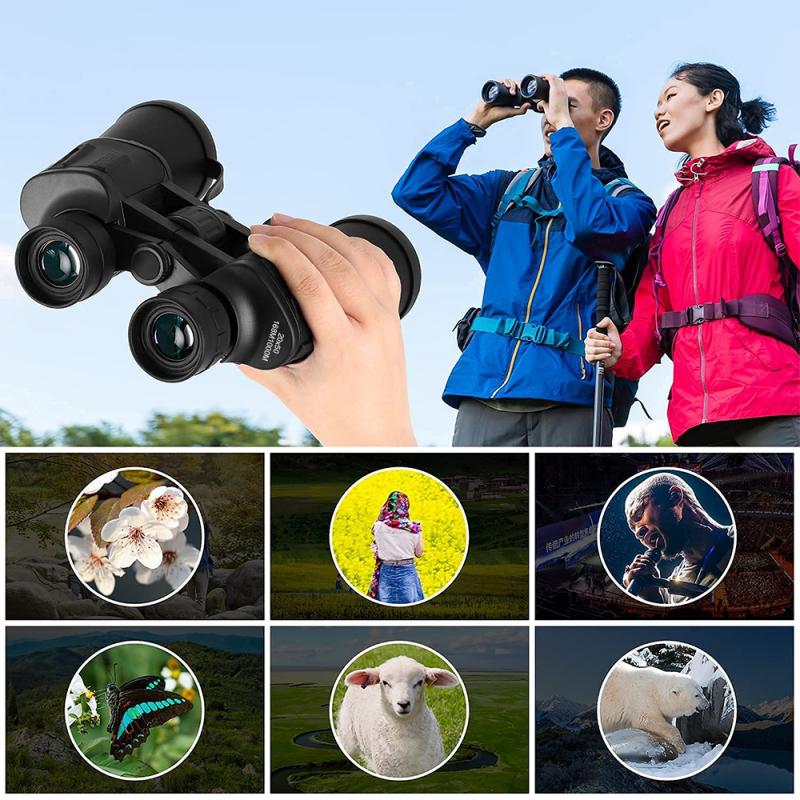
4、 Prism Type and Image Quality
When it comes to finding good binoculars, there are a few key factors to consider. One important aspect is the prism type used in the binoculars. There are two main types of prisms used in binoculars: Porro prisms and roof prisms.
Porro prism binoculars are known for providing a wider field of view and better depth perception. They are generally more affordable and offer good image quality. On the other hand, roof prism binoculars are more compact and lightweight, making them easier to carry around. They also tend to be more durable and waterproof, making them suitable for outdoor activities.
Another crucial factor to consider is image quality. The image quality of binoculars is determined by various factors such as lens coatings, objective lens diameter, and magnification power. High-quality lens coatings, such as fully multi-coated or phase-coated lenses, can greatly enhance image brightness, clarity, and color fidelity.
The objective lens diameter plays a significant role in determining the amount of light that enters the binoculars. Larger objective lenses allow more light to enter, resulting in brighter images, especially in low-light conditions. However, larger objective lenses also make the binoculars bulkier and heavier.
Magnification power is another important consideration. Higher magnification can provide a closer view of distant objects, but it can also make the image shakier and reduce the field of view. It is essential to strike a balance between magnification and image stability.
In addition to these traditional factors, the latest point of view in finding good binoculars includes considering additional features such as image stabilization, which helps reduce hand tremors and provides a steadier view, and lens quality, which can greatly impact image sharpness and contrast.
Overall, finding good binoculars involves considering the prism type, image quality factors, and any additional features that align with your specific needs and preferences.





